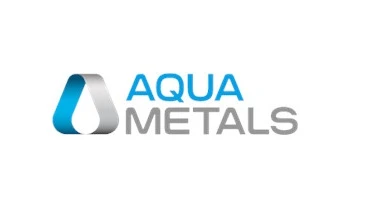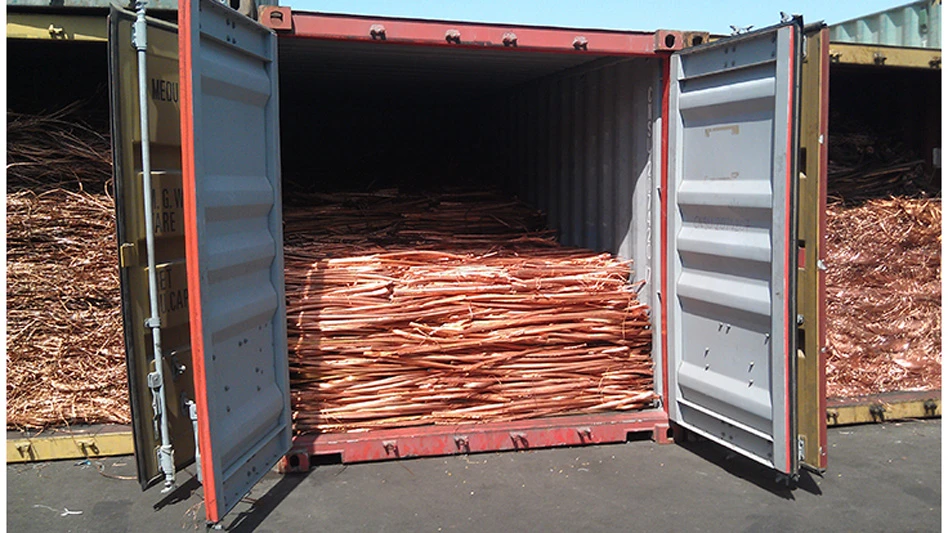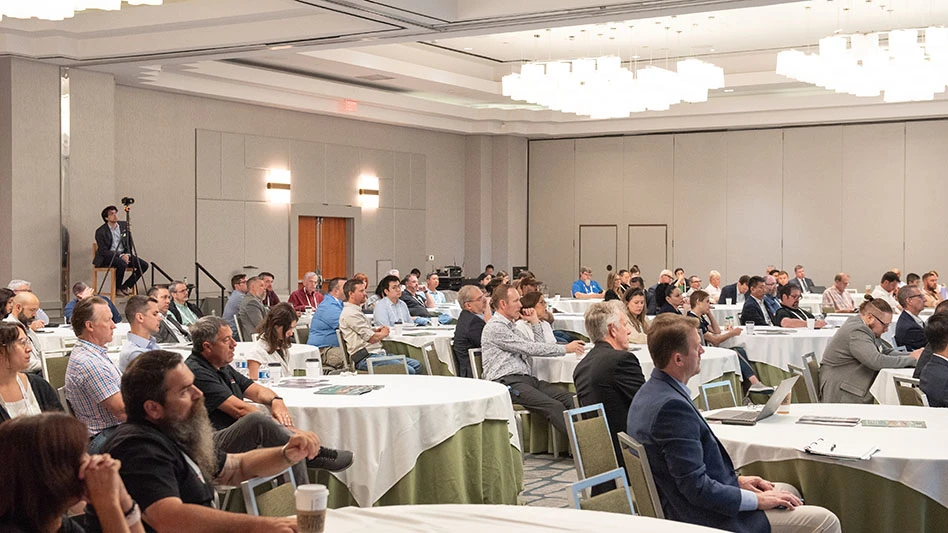Designing an effective fire detection and suppression system takes careful consideration.
Designing a records center does not end with determining the layout of the facility’s racking equipment and media vault. It also includes planning, installing and maintaining the facility’s fire detection/suppression system. For any records storage center, designing an effective system for both fire detection and suppression is of fundamental importance.
START AT THE BEGINNING
The list of requirements that needs to be considered when a records storage firm contemplates the proper fire detection/suppression system includes, but is not limited to, the ability to detect a fire quickly; the ability to suppress a fire quickly while causing minimal damage to the stored documents; ease of operation; and the need for minimal downtime to repair, test and upgrade the system.
But before secure storage companies can begin addressing these particular requirements, they’ll want to consult the fire codes for their particular cities to make sure the system they design is in compliance. Some city’s codes also will prescribe how often a company needs to test its fire detection/suppression equipment.
Record center managers should also consult the National Fire Protection Association’s (NFPA) 232, "Standard for the Protection of Records," for additional information on general requirements for fire protection in a records center and specific information for file rooms and vaults as well as the salvage of water-damaged materials.
Additionally, talking with their companies’ insurance providers is an essential step for records storage firms to take early in the process.
Martha Mayer, a sales manager for Business Data Record Services, New Brighton, Minn., says companies should also meet with their local fire department.
Once a company has met with these external advisors, facility layout is another point to consider.
Mayer says that record storage companies should consider the height of their buildings and the types of materials they have in storage when shopping for fire detection and suppression equipment. Additionally, companies should make sure there is enough clearance for the detection equipment they select to work effectively.
With records centers’ high ceilings, proper sprinkler system spacing is important. Jason Kneen, marketing communications manager for Notifier, a Northford, Conn.-based manufacturer of commercial fire alarm technology and systems, says that while 30 feet is the standard range for detection systems, detectors may need to be placed more closely together—as close as 15 feet—in facilities with high ceilings to make them more effective.
Mayer says a facility’s fire suppression system will vary based on whether catwalks or order pickers are used to access records. "I believe you must have sprinklers under the catwalk in addition to one on the ceiling," she says.
Further, Mayer says stored material should be at least 3 feet below the sprinkler head for it to be effective.
PRIMARY CONSIDERATIONS
While a secure shredding operation could have dust to contend with in the shredding area that could cause false alarms to register, a document storage facility is often a more sterile environment. Companies that operate in both the record storage and the document destruction sectors should address these differences as they go about shopping for a fire detection system. Infrared heat detection systems, which detect the radiant energy from all types of fires, are one way to address these differences, as they are not likely to be tripped by dust. Additionally, smoke alarm systems with filters that screen out dust particulate are also available.
When it comes to safeguarding servers and electronic media from fires, Steve Davis, vice president of business development with the Bick Group, which provides general fire alarm systems as well as special hazards detection and suppression systems, says that many data centers believe a sprinkler system approved by the local fire authority is enough protection for the facility. However, he says, adding a clean agent system may be more expensive, but would prevent damage to the stored media. A number of gaseous fire suppression agents, including halon, are available.
A facility’s fire detection system should include audio and visual alarms. According to the Bick Group, policies established by the American Disabilities Act require that mission critical facilities, such as data centers, have audio and visual alarm systems in place.
After these basic considerations have been addressed, facility managers can also consider other issues that relate to fire suppression and facility operation in the case of a fire. For instance, is the number of fire hydrants available sufficient, should a backup generator be installed or should a special navigational system that allows the fire department or emergency personnel to quickly gain access to the facility be installed?
THE VAULT ENVIRONMENT
While records storage centers have traditionally stored paper documents, the advent of digital media has resulted in greater use of media vaults.
Mayer says vaults should include a fire-rated door and walls and the record center itself should also be fire rated.
The key is to keep potential fire trouble spots as far removed as possible from the documents being stored.
Mayer also suggests that furnaces, air conditioners and generators should be located either outside the building, when possible, or separated from the stored material by a firewall.
SYSTEM ENHANCEMENTS
In a paper, the Bick Group’s Davis notes that in addition to smoke detection equipment, early-warning air sampling fire detection systems can provide advanced warning. These systems consist of two components: a wall-mounted detection unit and a network of piping that extends through the records center. The pipe network returns air samples from the environment that is being protected back to the detection unit for analysis. The air sample is drawn into the pipe network through holes in the pipe, a capillary or extended drop from the pipe or sample heads.
While the easiest method would be to run these pipes along the ceiling, the Bick Group notes this would only be effective in the event that the facility’s air conditioning stops operating and the warm air rises to the ceiling level. Instead, the Bick Group suggests integrating the air-sampling system with the facility’s existing fire detection system, which will provide audible alarms and allow for correct response procedures.
While the process to determine the optimal fire detection and suppression system for a records center can be considered complex, the investment in time and equipment and the peace of mind it brings are definitely worth it.
The author is senior and Internet editor of SDB and can be reached at dsandoval@gie.net.

Explore the August 2007 Issue
Check out more from this issue and find your next story to read.
Latest from Recycling Today
- USTR announces phased measures designed to address China’s shipbuilding dominance
- APR, RecyClass release partnership progress report
- Clearpoint Recycling, Enviroo sign PET supply contract
- Invista expanding ISCC Plus certification program
- Redwood partnership targets recycling of medium-format batteries
- Enfinite forms Hazardous & Specialty Waste Management Council
- Combined DRS, EPR legislation introduced in Rhode Island
- Eureka Recycling starts up newly upgraded MRF





